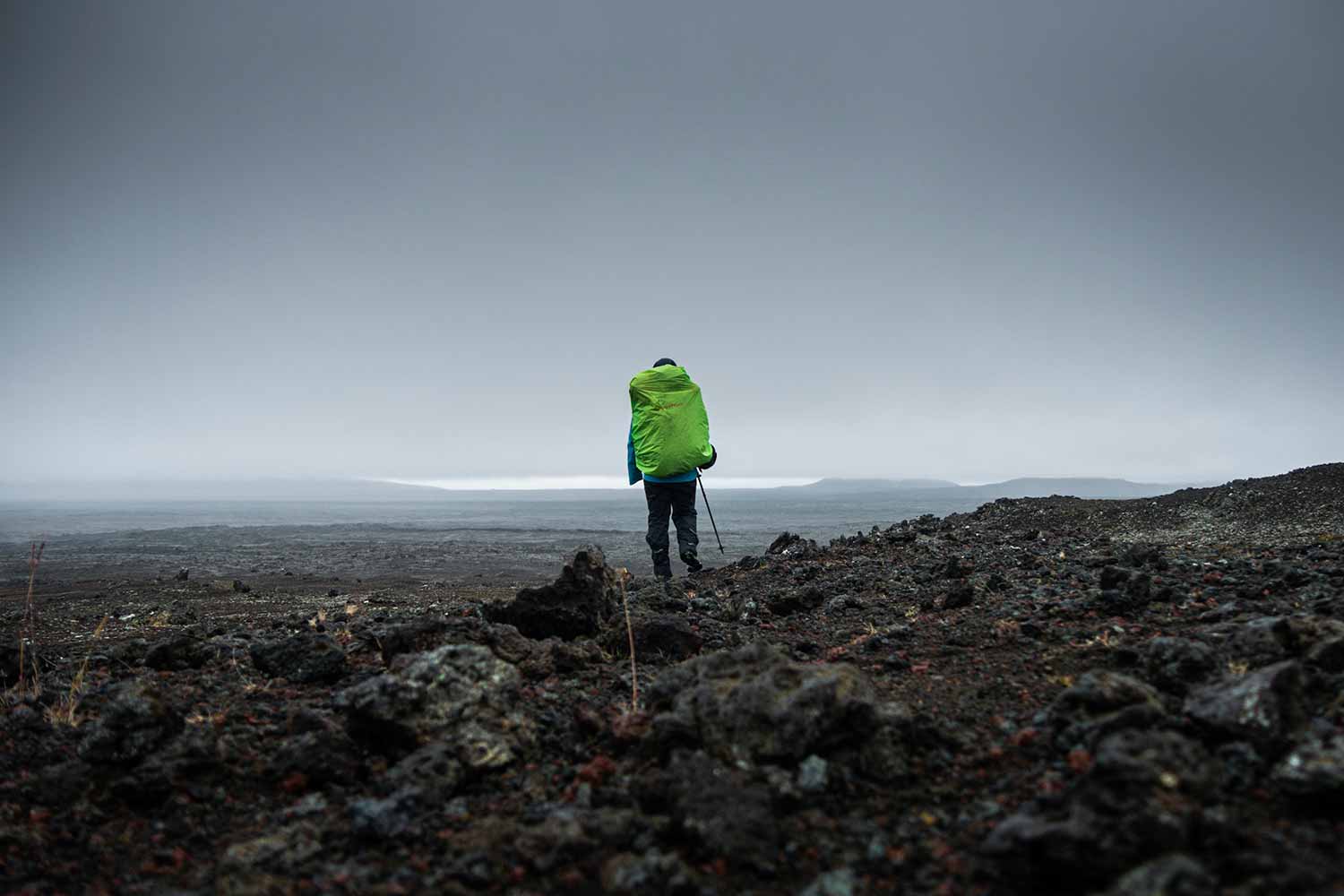- Finishing of the straw insulation, installation of the rain screen and battens.
- The magnificent village below.
The following days, the good weather returns and morale soars. Smiles are on every face. We start laying the tiles. Jules would have seen a shingle coating (wooden tiles) for his roof but the town’s PLU (local urban plan) imposed the tiles. Jules therefore opted for mechanical terracotta tiles. Appeared at the end of the 19th century, mechanical tiles are an industrial product, widely used in renovation. The tiles, larger than other types of tiles, interlock with each other and cling to the battens, which allows very good waterproofing and rapid installation of the roofing.
Transporting them to the roof sections is not an easy task for a building site that wants to be frugal in terms of energy resources. Each pack is made up of six tiles of approximately 3kg. And you have to bring up around fifty packs to cover a section of the roof. Fortunately a friend of Jules came to lend a hand, which was a great help. We attack the laying from an angle of the roof, from the bottom to the top. The tiles are easy to lay. We have to juggle with the velux to manage the recovery on the other side. Sitting on the battens, we assemble our lines of tiles. In one afternoon, half of the roof turns red. But towards the ridge, things get complicated. The tiles are no longer matched, they fit together badly. Back on the ground, the extent of the problem is revealed. Much of what has been put in place is poorly fitted. Some tiles are not properly laid, which is problematic for waterproofing. The error is so huge that we are speechless. How is it possible that we did not realize this before?
- Mounting of tile packs on the roof. The tiles fit on the batten thanks to a small “nipple” or lug (hanging overhang).
- Jules laying the tiles.
- Tile assembly seen from below. Each row is staggered to manage the flow of water as optimally as possible.
- Water droplet falling from a tile.
- Rows of tiles with a view of the hooks on the upper side allowing the tiles to fit together.
The problem comes from the liteaunage. The gauge, spacing between two battens, is wrong in places. This distorts the laying of the tiles. If the exposure is too large or too small, the tiles do not fit correctly on the batten but also between them. There is no miracle solution, we have to remove almost all of what has been mounted. The feeling of waste is great but that is the price paid for a lack of precision before. The next day we lay down and put back together our rows of tiles with extreme precision. Some false gaps are caught up relatively easily. Other times, we have to dismantle and reposition the batten.
The assembly of the two roof sections takes us a short week. For the last row before the ridge tile, Jules decided to use the old roof tiles. A pile of flat tiles covered with lichen waits quietly on one side of the house. These are the tiles that Jules recovered from the rubble of the collapsed roof when he started the work last November. They must be over fifty years old. They are rectangular and smaller than mechanical tiles. I select two hundred in good condition, which I rub with a wire brush to remove the traces of time before rinsing them with water. Magnificent colors red, yellow, pink are revealed. No tile is the same. They all have irregularities, non-rectilinear edges, hollows. They appear to have been cut by hand. Which is probably the case. The textures, the colors, the shapes fascinate me. Each tile is a note from the past. They have lived, they whisper a story. Nothing to do with today’s perfect tiles. Perfect but without much interest. The old little flat tiles that I work with have so much more charm.
My two week stay on the site is already over. I let Jules finish laying the last tiles and I head for Forcalquier – Mane in the Alpes de Haute-Provence. I am starting a nine-month training course in eco-construction in the center of Gabion.
- Flat tiles cleaned.
- Cleaning the tiles.
- Several tiles drying in the sun.
Note: In order to respect the right to privacy and anonymity on the internet, the names of people have been changed.
